Ancient green ironwood forest - "Treasure" in Deo Gia
Taking us along the path under the canopy of old green ironwood trees, Chung Van Thao (75 years old, a reputable person in Deo Gia village) said: “Since I was at an early age, I have seen this ancient green ironwood forest. The Tho forest, thanks to its beautiful location and feng shui, has been chosen by the elderly to be a place of worship of the gods, Tho Cong (Land Guardian) and family ancestors. Over many generations, the forest has become sacred and been strictly protected by villagers. No one is allowed to take timber from the forest for house construction. Thanks to that, the forest is getting greener and the green ironwood trees are as big as today.”
 |
|
The place where the Cao Lan people in Deo Gia village organize traditional worshipping ceremonies. |
The forest has an area of about 2 hectares. This is a quite typical natural forest of Northeast Vietnam. Vines grow interlaced on large woody trunks. They wrap around the big trunks and rise up. Shrubs and vegetation cover the whole path.
Along the way, we see dozens of ancient green ironwood trees. Some are so large that two adults cannot hug, with a height of 25-30 m. In addition to green ironwood, there are a number of other species of big trees such as sen, tau and de (chestnut)...
Deo Gia village is located in a remote area of Luc Ngan district. Currently it has more than 300 households with more than 1,200 people. The Cao Lan ethnic minorities here attach much importance to the worship of the Gods and Tho Cong in this sacred forest.
Every year, there are three important worshipping ceremonies held here, namely the spring opening ceremony on the second day of the first lunar month, the New Year celebration on the second day of the second lunar month and the rain praying ceremony on the second day of the sixth lunar month.
All the three ceremonies have a general rule: on the worshipping day, each family must contribute some hundreds of grams of boiled pork or chicken and half a liter of white wine to the village. Each family sends a representative to the sacred forest of the village to worship. When going, each person bring a bowl and a pair of chopsticks.
The place of worship is the center of the sacred forest. Under relatively flat forest canopy, with shrubs cleaned, the shaman also wears costumes of the Cao Lan ethnic people. There are up to 23 trays of offerings and each includes one boiled chicken, one bowl of rice and a cup of wine. After worshiping, people in the village will gather to enjoy the offerings under the sacred forest canopy.
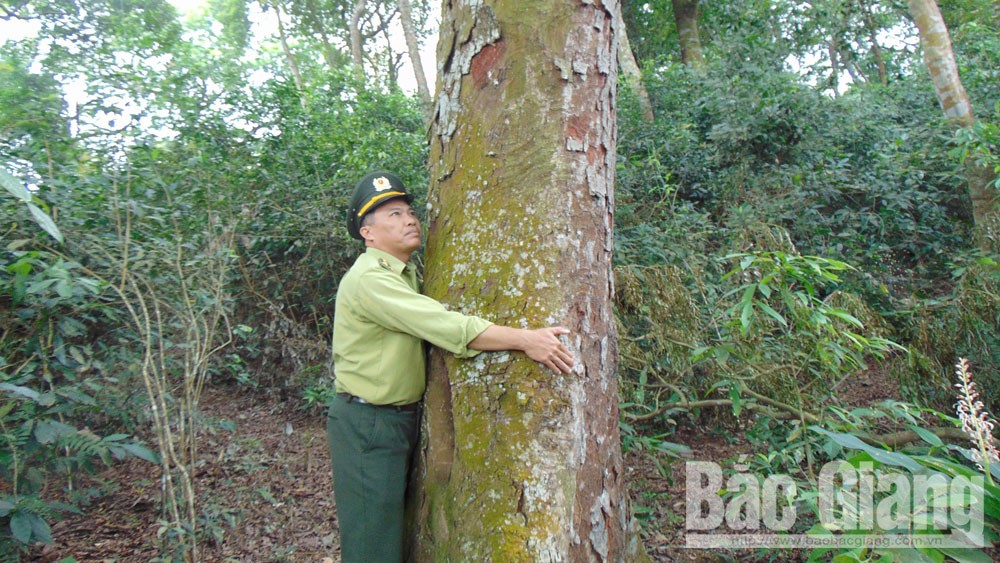 |
|
An ancient green ironwood tree in the Tho forest. |
“On major ceremonies, the Cao Lan ethnic people go to this sacred forest to worship Tho Cong (Land Guardian), the Gods, and ancestors of families who have lived in Deo Gia village for many generations. They pray for favorable weather, good harvests, wealthy and happy people, and peace, as well as together commemorate the merits of the ancestors who had reclaimed and founded the village," said Tong Van Viet, Secretary of the Party cell of Deo Gia village.
The Tho natural forest with the green ironwood in Deo Gia village is considered as one of the very few natural forests with rare and valuable ancient green ironwood population, currently remaining in the mountainous areas of Bac Giang in particular and Northern Vietnam in general.
With the people of Deo Gia village, the Tho forest with rare and valuable ancient ironwood trees has become sacred and a pride. It is not only a beauty in terms of natural scenery, but also a cultural beauty of the Cao Lan people here.
Duong Dai Tien
 Bắc Ninh
Bắc Ninh





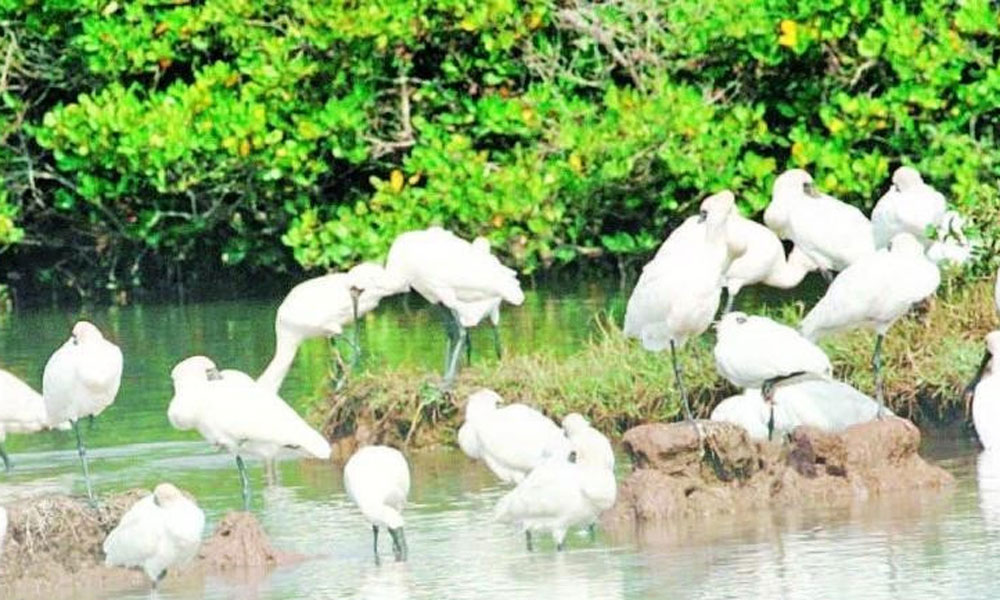




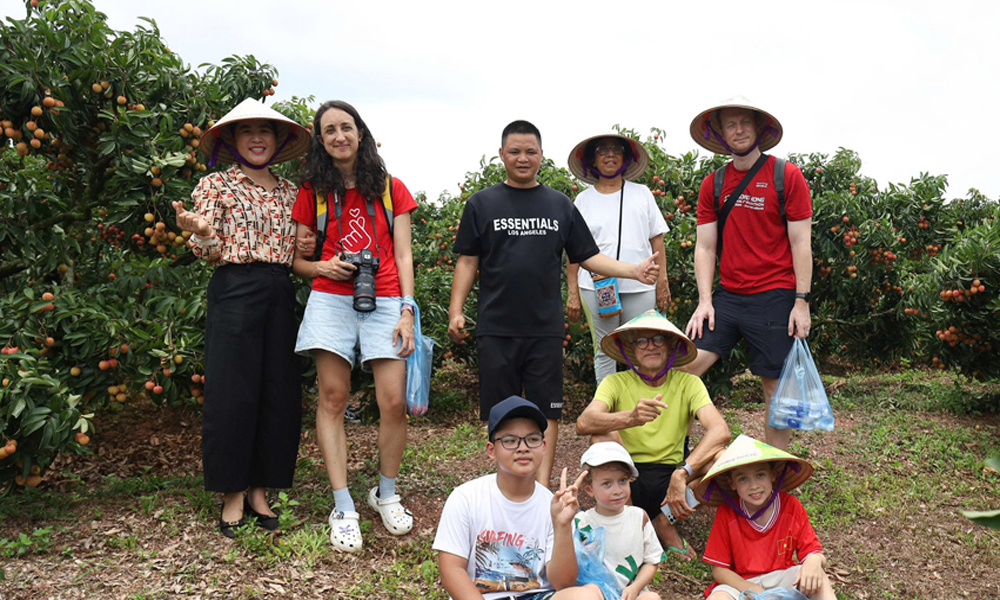


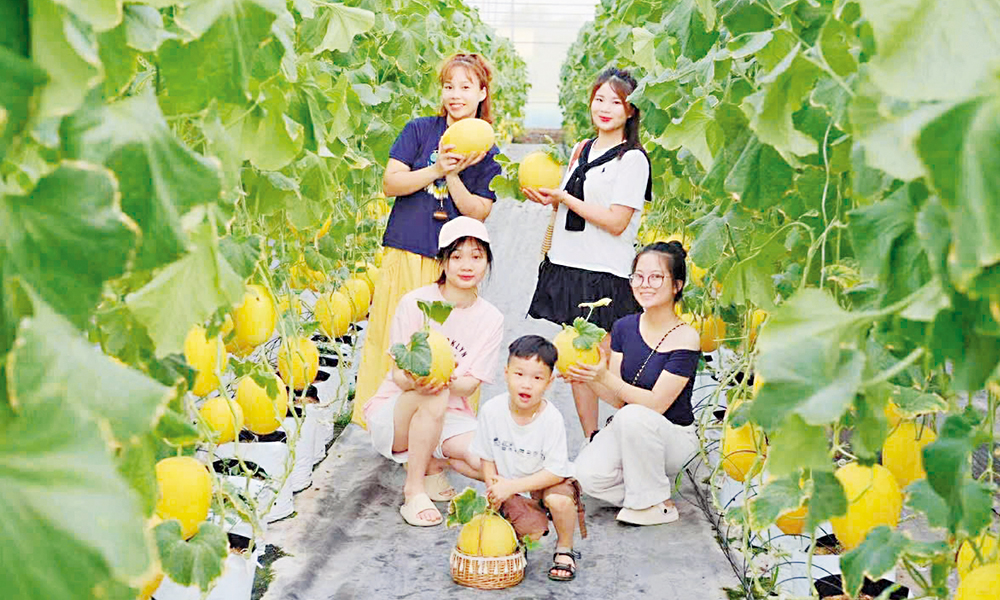
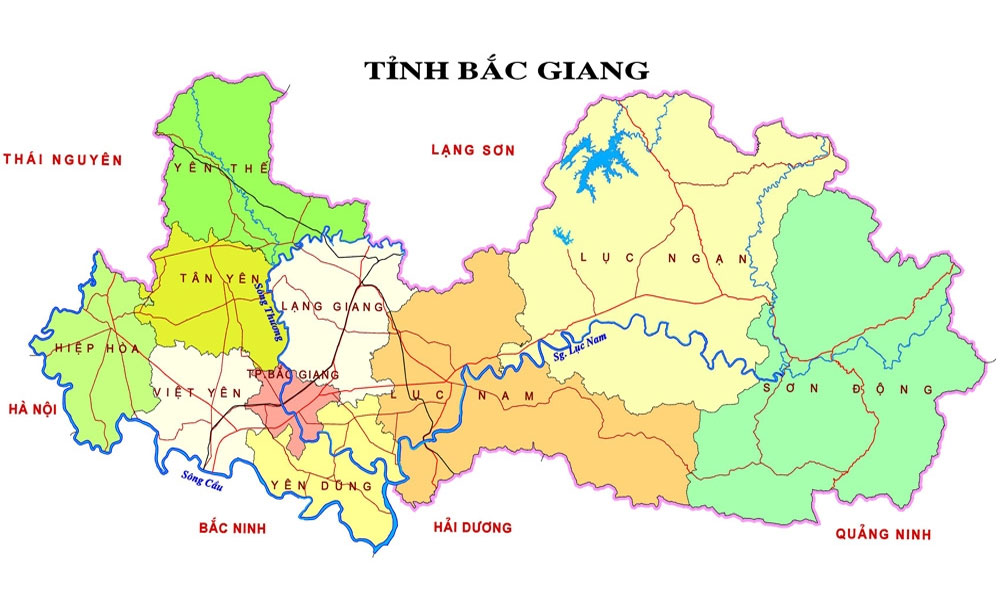

Reader's comments (0)